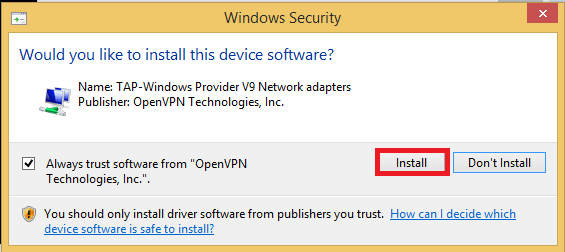Install LazyLibrarian on Linux. (Ubuntu / Debian) Install GIT with 'apt-get install git-core'. (Fedora / CentOS) Install GIT with 'yum install git'. Go to the folder of your choosing: 'cd /opt/'. Run 'git clone '.
Lazylibrarian Windows Installers
Go to the LL folder: 'cd LazyLibrarian'. Then do 'python LazyLibrarian.py' to start. (Ubuntu / Debian) To run on boot copy the init script: 'sudo cp initd.ubuntu /etc/init.d/lazylibrarian'. (Ubuntu / Debian) Copy default.ubuntu to /etc/default/lazylibrarian: 'sudo cp default.ubuntu /etc/default/lazylibrarian'. (Ubuntu / Debian) Edit the required daemon settings in /etc/default/lazylibrarian: 'nano /etc/default/lazylibrarian'.

(Ubuntu / Debian) If your LL installation isn't in /opt/lazylibrarian/, make sure to change the path there also!. (Ubuntu / Debian) Make it executable: 'sudo chmod a+x /etc/init.d/lazylibrarian'. (Ubuntu / Debian) Add it to startup items: 'sudo update-rc.d lazylibrarian defaults'. (Ubuntu / Debian) Start with 'sudo service lazylibrarian start'. Open your browser and go to.